The city's cuisine beautifully balances age-old recipes with contemporary influences, creating a vibrant mosaic of flavours that reflects the surrounding coastal and mountainous environment.
Bilbao's culinary culture is best expressed through the tradition of pintxos (Basque-style small dishes), a typical version of tapas (Spanish appetizers) in diverse and creative forms.
Skillfully prepared small dishes such as jamón (cured ham), salted cod and roasted peppers are often enjoyed with a glass of txakoli (a light, acidic white wine typical of the Basque Country) as part of the ritual of bar hopping – visiting several bars in one evening. The quaint streets of Casco Viejo are the best place to experience this tradition.
A typical dish is bacalao al pil-pil (salted cod cooked in olive oil, creating a rich emulsified sauce), which demonstrates the Basques' skill in turning simple ingredients into exquisite dishes.
Meanwhile, txangurro (grilled or sauteed spider crab with onions, tomatoes, and wine) and koko-txas (cod or hake cheeks) are testaments to the region’s seafood expertise. A humble but rich dish is marmitako, a tuna stew whose name comes from the Basque word marmita (cooking pot).
Once a fisherman’s meal on a fishing boat, marmitako has become a household staple. This hearty stew, typically made with chunks of potatoes, sweet piquillo peppers and buttery white tuna, is served in a clay pot at popular spots like Casa Rufo or El Perro Chico.
What really sets Bilbao's cuisine apart is its close connection to the local terroir. The surrounding hills produce Idiazábal sheep's milk cheese – a traditional cheese with a distinctively smoky flavour – while the fertile plains provide the bell peppers, beans and tomatoes that form the basis of many local dishes.
Even the drinks bear the mark of the land: from txakoli (a white wine) poured from above to allow for aeration, to patxaran – a liqueur infused with sloe berries and anisette – often served as a sophisticated end to the meal.
Source: https://hanoimoi.vn/dac-san-the-gioi-am-thuc-xu-basque-702416.html


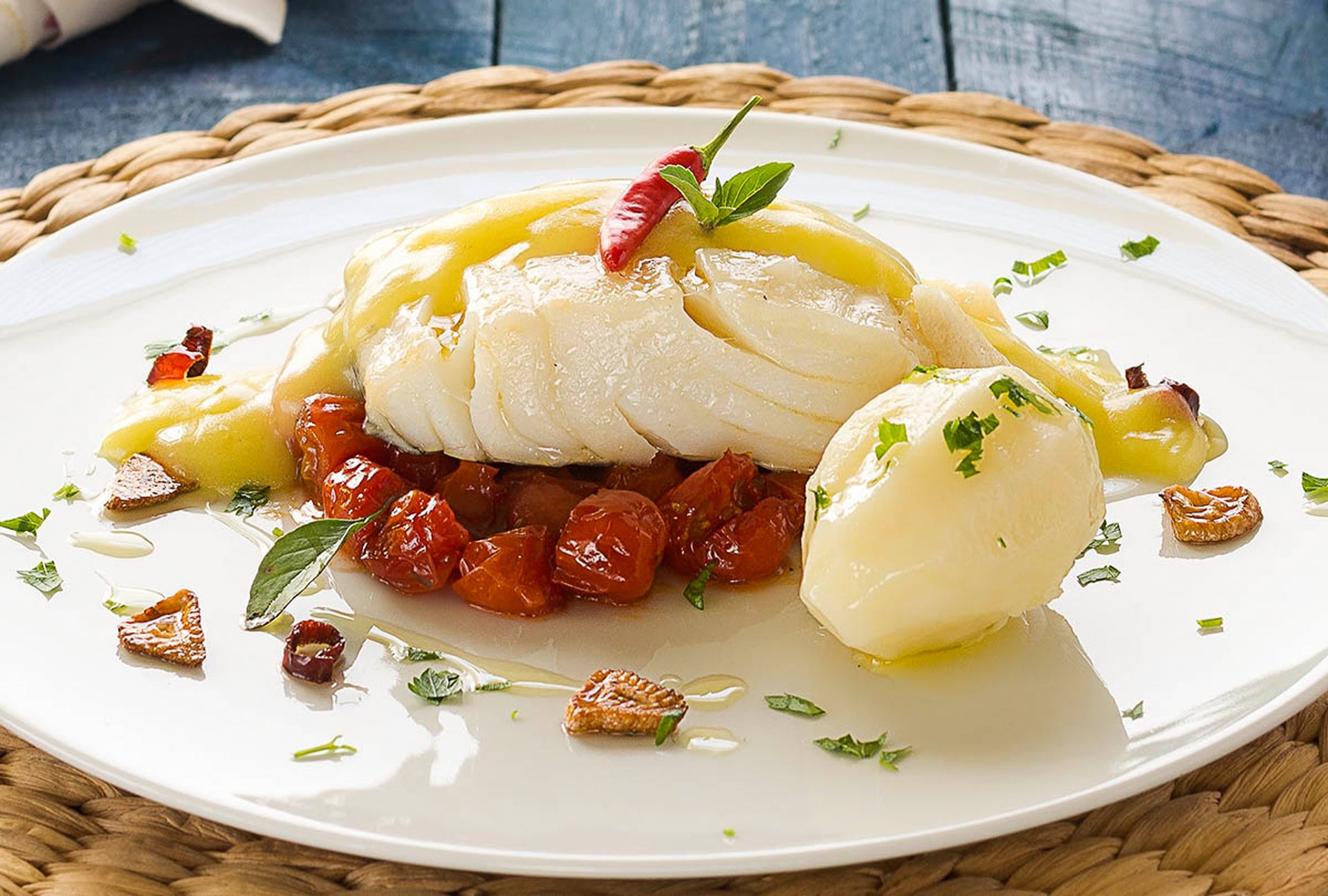



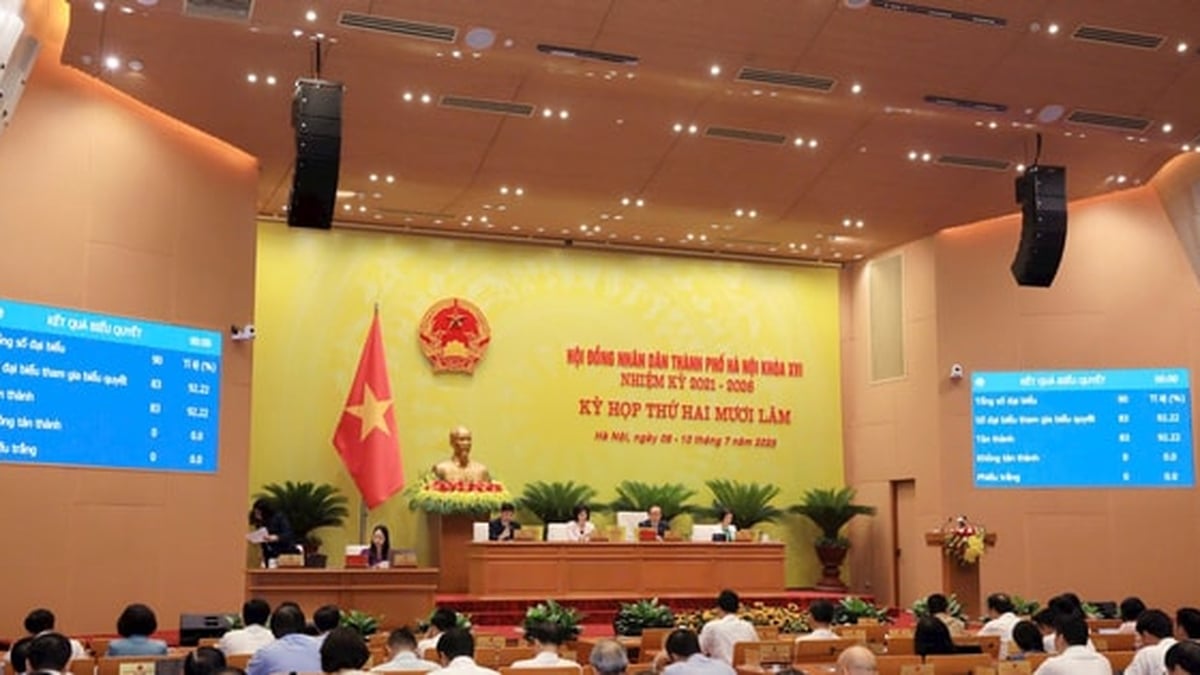



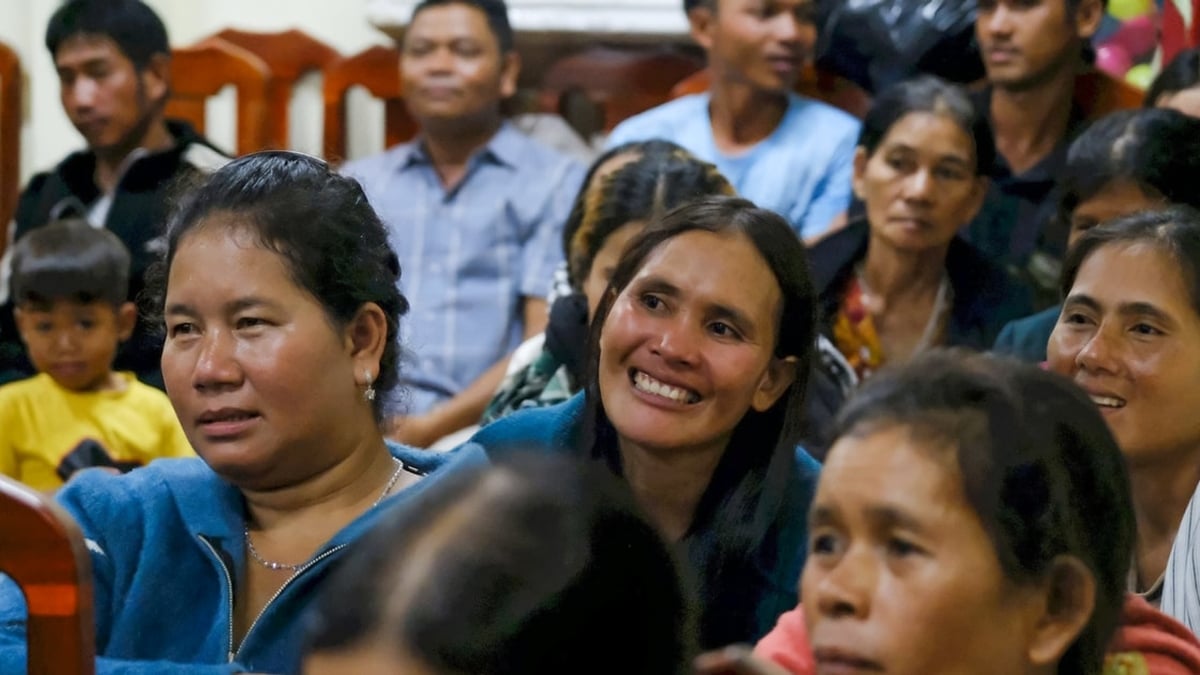








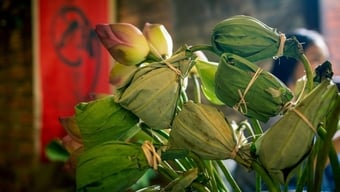

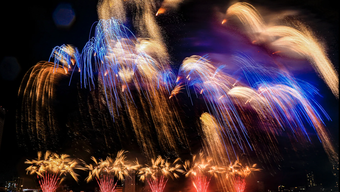


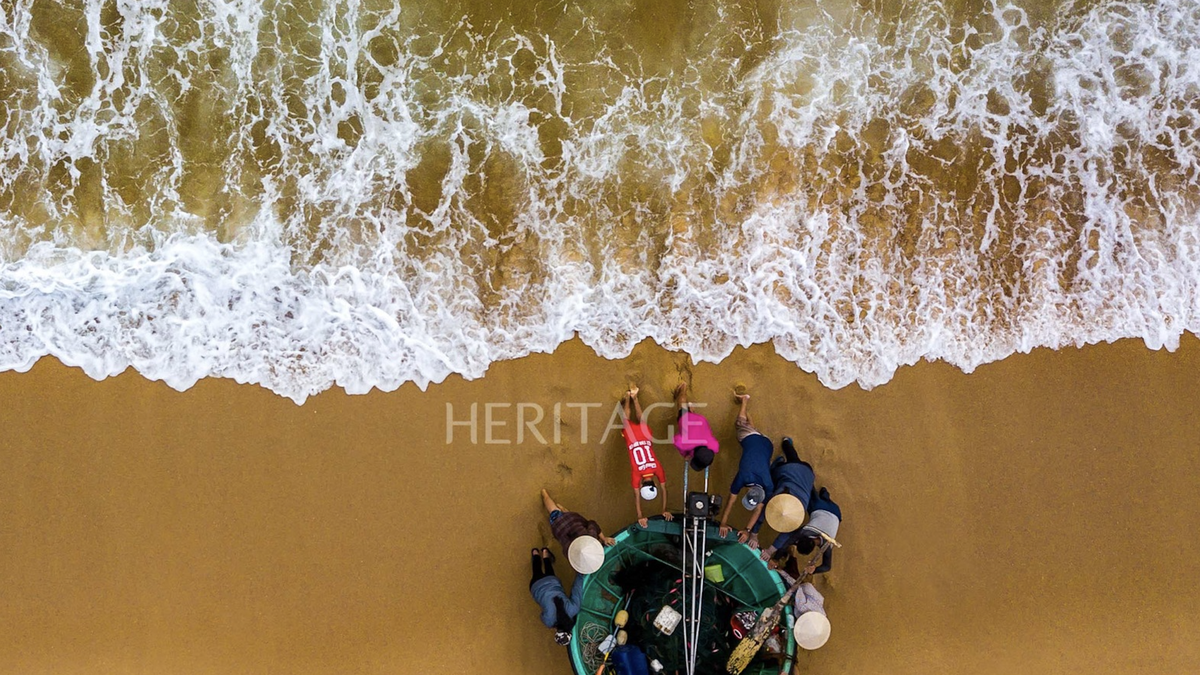
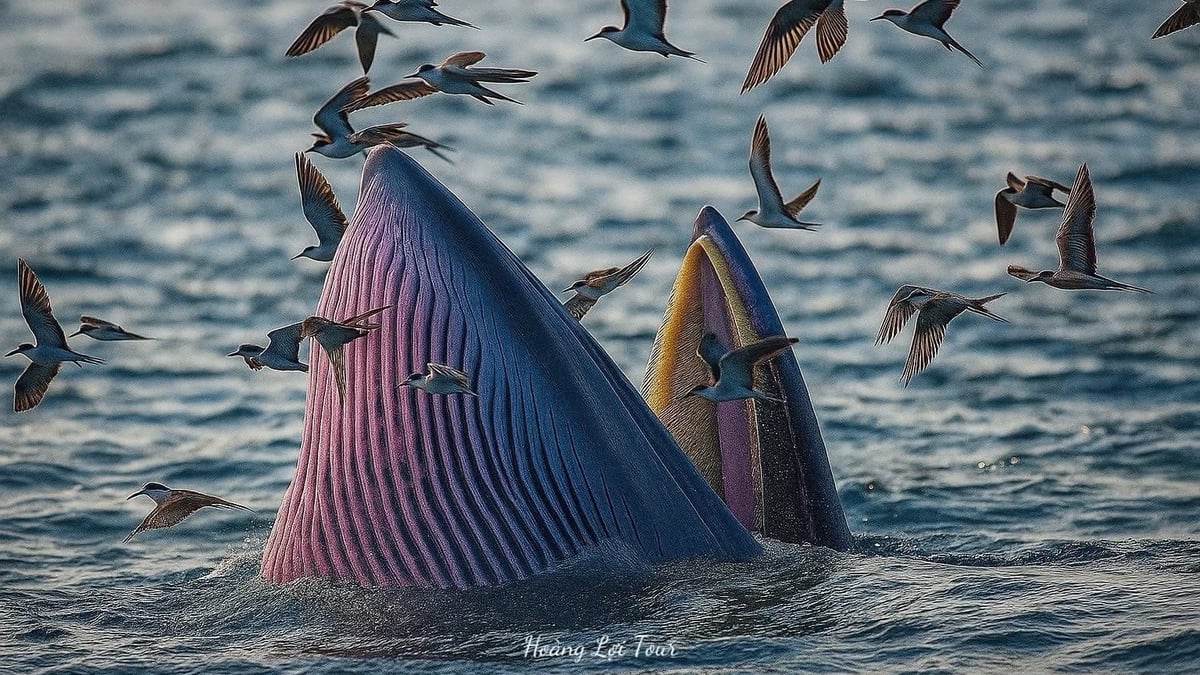



![[Photo] Gia Lai provincial leaders offer flowers at Uncle Ho's Monument with the ethnic groups of the Central Highlands](https://vphoto.vietnam.vn/thumb/1200x675/vietnam/resource/IMAGE/2025/7/9/196438801da24b3cb6158d0501984818)

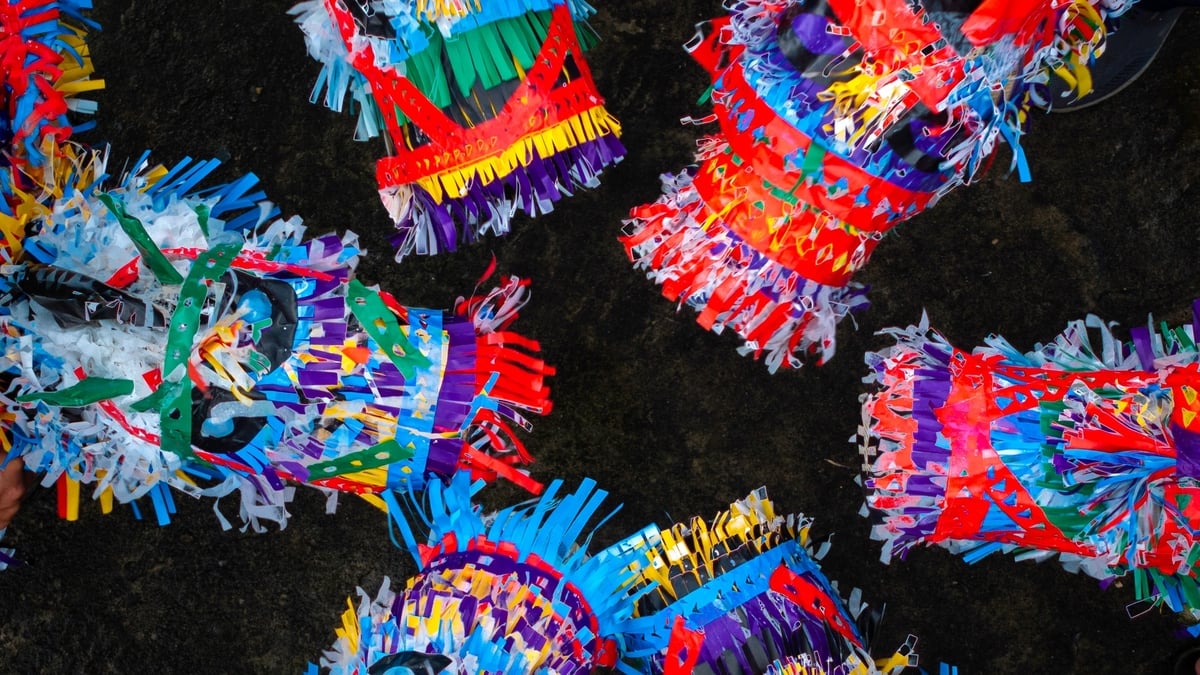
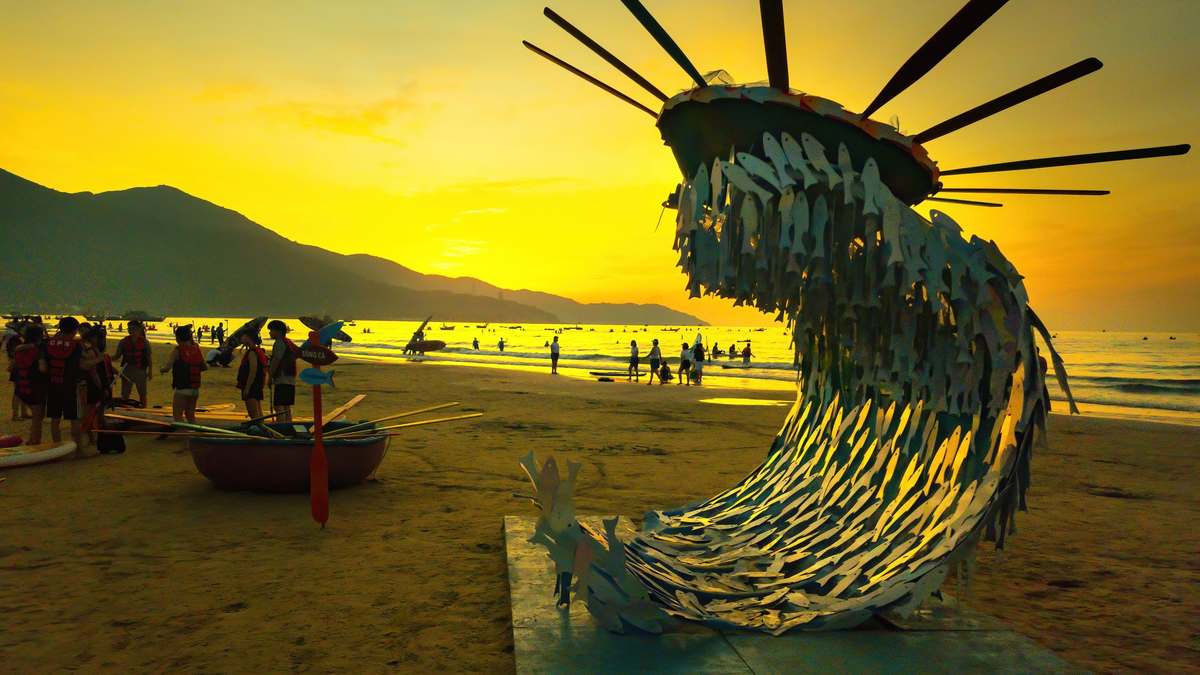
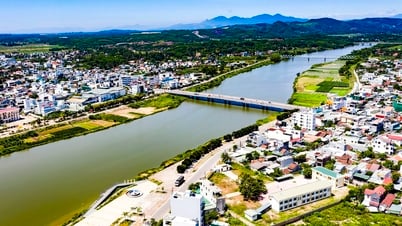



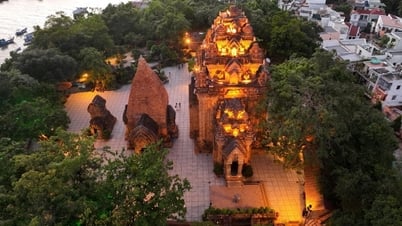
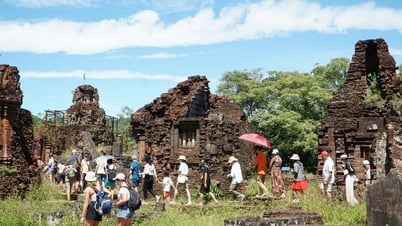
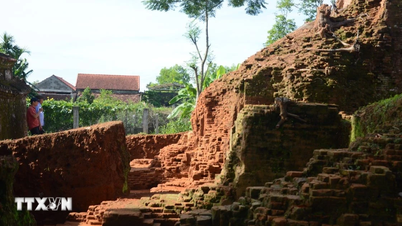

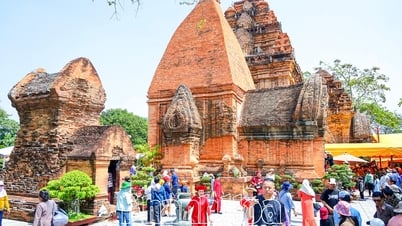

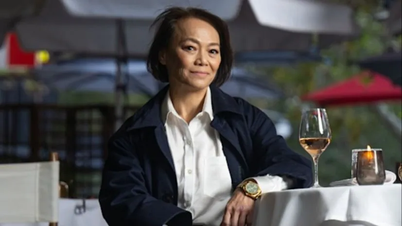









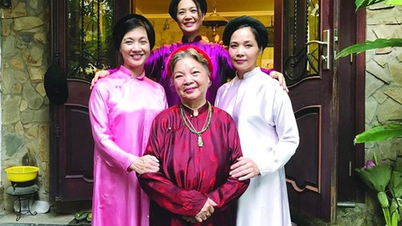

















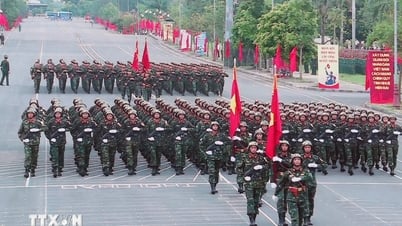



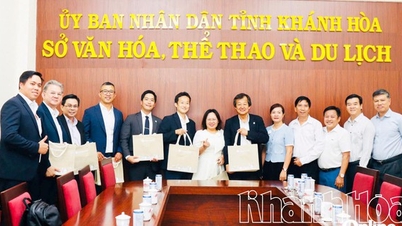
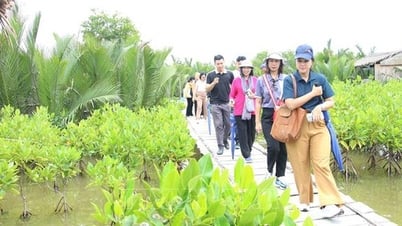
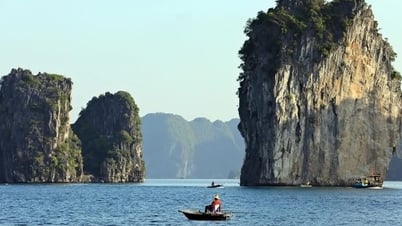
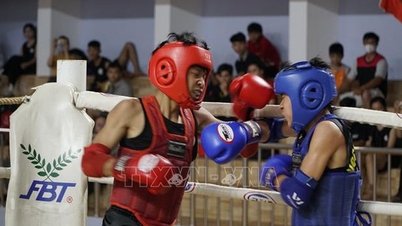








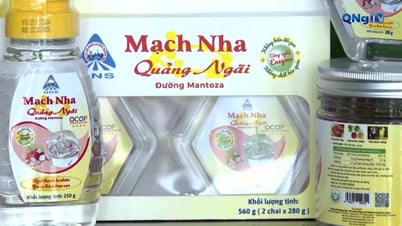









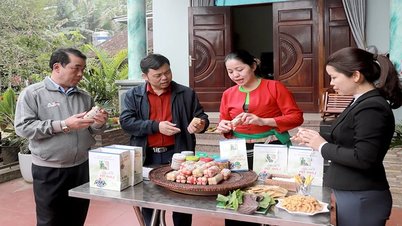


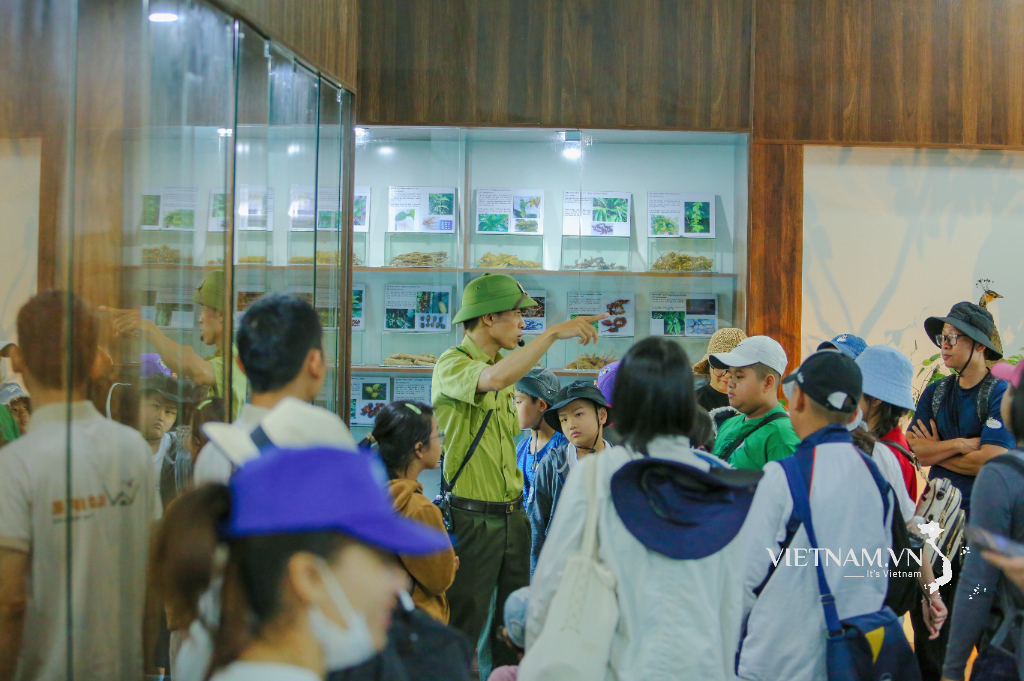

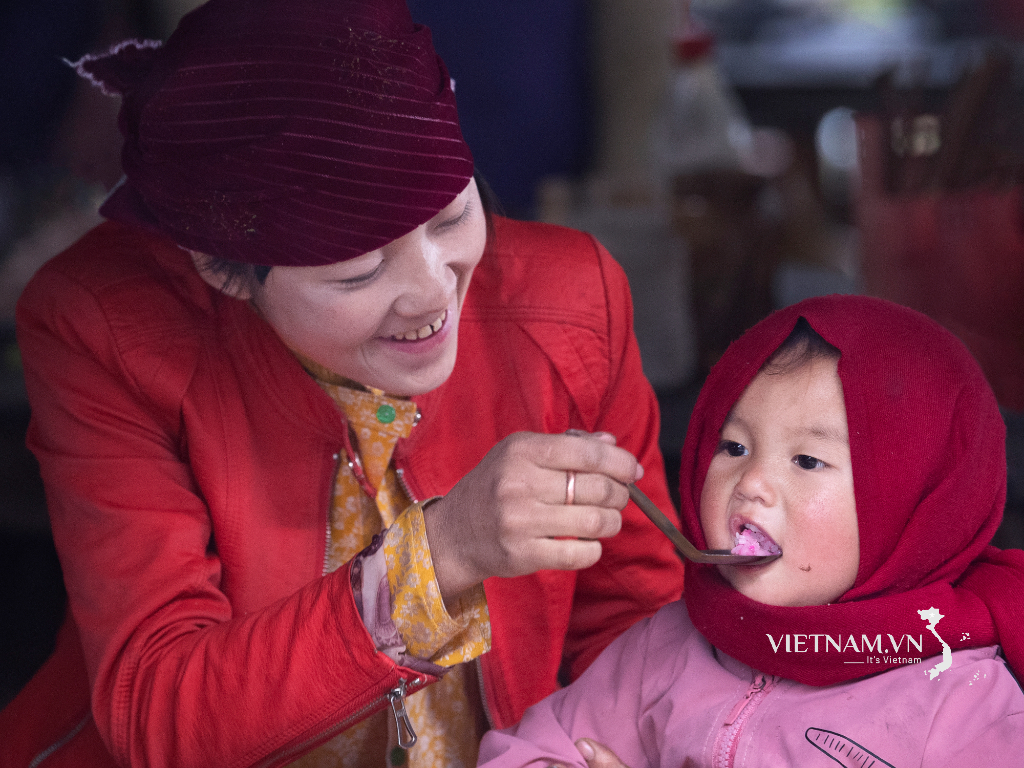

Comment (0)